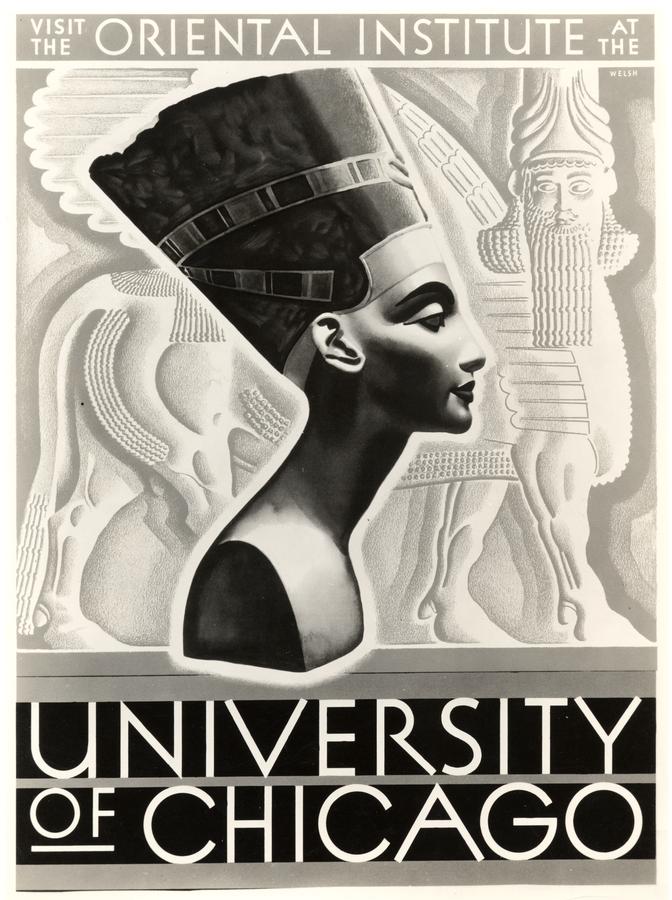In The Ancient Near East Today
By: Scott Branting, Jack Green, and Foy Scalf
Posted on Think back to the time when you last visited a library and flicked through a card catalog to find a book. Card catalogs were made obsolete by computer databases in the 1980s, and were followed by online access to libraries’ collections during the 1990s and 2000s. In this digital world of Wi-Fi, data mining, and the insatiable hunger for immediate online access to research materials, the library card catalog is now almost consigned to the graveyard.Fig. 1. Groundbreaking ceremony for the University of Chicago’s Oriental Institute, April 28, 1930. University president Robert Maynard Hutchins (center left) looks on as Dr. James H. Breasted uses a shovel to break ground.
Fig. 2. The card catalog era: Research Archives of the Oriental Institute, circa 1975.
Advances in online museum collections databases have been significantly slower. Information from a museum’s card catalogs was commonly integrated into computer databases beginning in the 1980s, making it easier for curators and registrars to maintain, access, and update information on the objects at their fingertips. In the 1980s the Oriental Institute’s Museum began using dBase 3, but this was not a networked system, and was only accessed via single computers within the museum collections area. The leap towards online access to collections has been much more intermittent and variable across museums, often because the data serves a smaller and more specialized group of users than libraries. But over the past decade or more, many museums have made their collections available online in some form, ranging from the entire collections database with images, to simple lists of displayed materials, or at least the highlights.
The world is rapidly entering an era when anyone, anywhere – not only the cloistered scholar – can fully access digitized books, articles, images of objects, manuscripts, and photographs in museum and library collections. The only limitations are the staff time and funding to make such ventures possible. Yet what often emerges from multiple, online databases could be described as data overload, or data complexity. The ‘holy grail’ in digital terms remains the integration of multiple databases that contain disparate data and collections that share common elements, and the ability to conduct searches on a single database that can bring up results from multiple sources for immediate comparison... [Read the rest]





 Stumble It!
Stumble It!


No comments:
Post a Comment